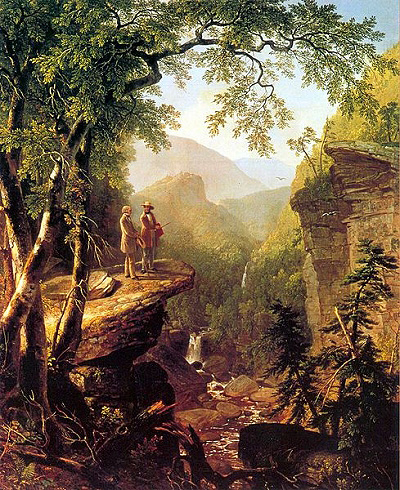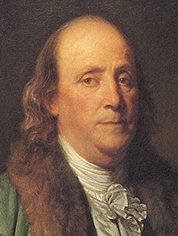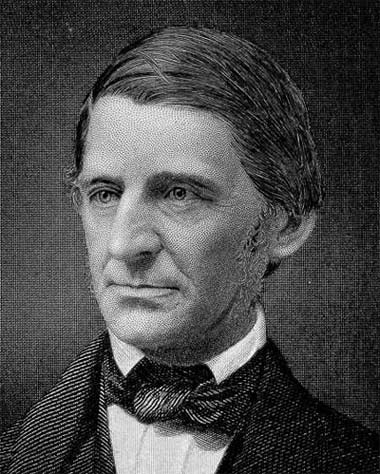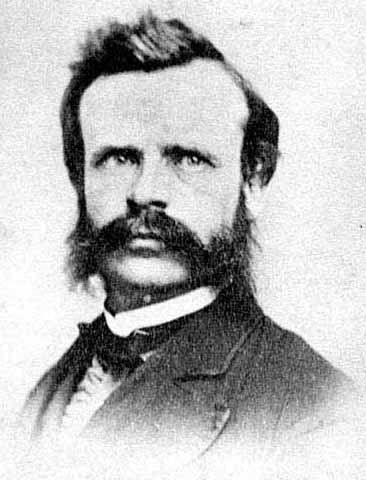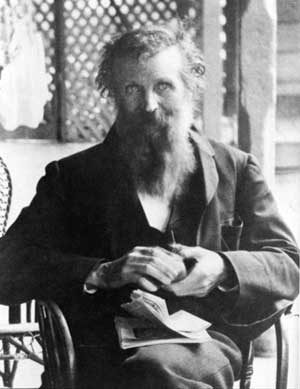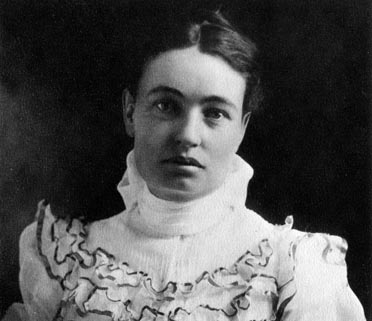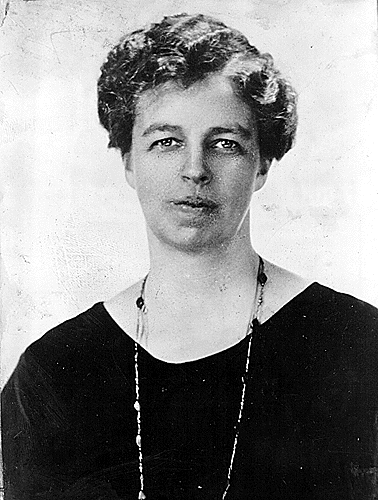I. How technology and ecology alter attitudes about natural conditions in divergent ways.
Class Method
To write for five minutes without stopping:
Where was the frontier of estuaries, what were its extents and what are some landscape features associated with these regions?
In 1680, the Carolina colony established a nascent town on Oyster Point of a peninsula between the Ashley and Cooper Rivers, called Charles Town, 122 years before this water color was created by Charles Fraser.
Prompt
Comparative Dates to know:
- 1607 - May 14, The settlement on the Chesapeake Bay, Jamestown, Virginia
- 1763 - The Ordinance by King George declaring Indian sovereignty west of the Appalachian Mountains; banned settlements in Native nation's territory.
- 1776 - The settlement of the pueblo and mission at San Diego de Alcala in southern California
- 1789 - The Constitution was adopted by half the states
- 1803 - The Louisiana Purchase made by Jefferson from Napoleon
- 1849 - The Interior Department created as a consequence of the Mexican Cession
- 1860-65 - The civil war and emancipation (1863)
- 1862 - The report of Frederick Law Olmsted on Yosemite Valley leads Lincoln to set the site aside as a park
- 1862 The Homestead Act -- gives 160 acres of land away to settlers for free.
- 1869 - John Wesley Powell's initial expedition down the Colorado River.
- 1877 - The repeat explorations leads to John W. Powell's Arid Regions Plan as an example of land realism.
- 1885 - Adirondack Mountains preserved by NY State for all time.
- 1886 - The bureau of the Biological Survey created - The bureau of the Biological Survey created. The beginnings of Federal Conservation policies.
- 1891 - The US Forest Reserve Act
- 1900 - The Reclamation Act – created the Bureau of Reclamation.
- 1906 - The Ballinger-Pinchot Affair, or Conservation Controversy over Alaskan Oil lands
- 1909 - Theodore Roosevelt hosts the National Governor's Conference on Conservation
- 1913 - The completion of the Owen's Valley aqueduct
- 1916 - The National Park Service established
- 1926 - The Boulder Canyon Dam project on the Colorado River
- 1933 - - The New Deal enacts a comprehensive riverine management approach to conservation and regional planning
- 1942 - - The USFWS created -- United States The Fish and Wildlife Service
- 1945 - The atomic bomb
- 1962 - The Wilderness Act proposed and passed in 1964
- 1969 - The creation of CEQ under NEPA -- The National Environmental Policy Act
- 1972 - The Clean Water Act
- 1978 - Three Mile Island nuclear disaster
- 1979 - The Alaskan Native Claims Settlement Act and National interest lands set aside
red dates denote wartime.
Thought questions:
1) What were some resources used by the colonists associated with river mouths?
2) Was there a dispute over the origins of disease in low lying areas and can you describe at least two sides of that debate and what they proposed to do about alleviating the problems?
3) What were the purposes of the Land Ordinance of 1785 and did the law achieve its goals in light of what it did accomplish?
4) Who were three or four of the naturalists and what did they describe, discover or advocate?
5) Can you describe the differences between preservation and conservation with at least four or five examples of how they differ?
6) Make an analogy or use an analogy from Emerson or Thoreau about what they believed were the prevailing attitudes about land and land-use before the Civil War.
Exam study guide
people | thought questions | art | terms | dates | contrasting themes | web sites | course index | readings | final
Merchant | Worster | Cronin | Reisner | Jackson | Siry | Leopold | |Diamond | Williams | Austin | Mumford | Marx
How did the Native American perspectives towards plants, animals, and their landscape differ from the attitudes of the Europeans? (identify those habits, or concepts reflecting these divergent viewpoints)
What is the importance of the Colonial period (1600-1780) to your mind, based on the readings?
What precise reforms took place with respect to land policy, settlement and agricultural development due to the changes brought about by the revolutionary (1776-1814) withdrawal from the British Empire?
How did landscape painters depict variety of America's landscapes?
Which old forms of institutions for land use and commerce emerged into often conflicting ideologies in the Early National period (1800-1860) ?
Saving land because of the scenic quality of landscape features was a formative influence on preserving the environment's historic and its beautiful places and thus coastal wetlands were thought to be of less importance.
Franklin Emerson Powell Douglass Richards
Muir Austin DuBois Roosevelt
Concepts to look for:
Estuary, ecology of
Reclamation
Irrigation
Ecosystem,
ecological systems
aqueducts
public domain
Spanish borderlands
frontier
California gold rush 1848-49
Forest’s relation to water, fisheries and erosion.
Castor Canadensis Beavers and the fur tradeAgrarianism
Physiocrat
Utilitarianism
Labor Theory of Value
Manifest destiny
nationalism
abolition
commercial, internal improvements
sectionalism
frontier
Land Ordinance of 1785
Hamilton
federalism
Commerce clause
transcendentalism
Jeffersonian
preemption
Homestead ActDonald Worster's ideas
commodity value
watershed
balance of nature
high frontier
"mountains"
land-use
Arid regions
Forests and water supplies as watersheds & primary resourcesJohn Wesley Powell
Adam Seybert
Samuel L Mitchell
John White
Benjamin Franklin
Thomas Jefferson
George Catlin
John James Audubon
Ralph Waldo Emerson
William Cullen Bryant
Henry David Thoreau
George Perkins Marsh
Frederick Law Olmsted
Spencer F. Baird
Caroline & Alexander Agassiz
John Muir
Lewis MumfordWhile some people are not in the book, they are nonetheless important to know about:
Racial prejudice
Frederick Douglass "Without a struggle, there can be no progress." Rising Up from Slavery
Harriet Beecher Stowe, manumission is the ability to legally free slaves you own, see Robert Carter III.Robert Carter III
W. E. B. Dubois, The Souls of Black Folk
Mary Austin, Land of Little Rain
Jonathan Winthrop
Eleanor Roosevelt & Greenbelt, Maryland as new ideas for town planning.
Joseph Siry, Marshes of the Ocean Shore, 1984, (College Station, Texas: Texas A & M University Press, 1984). Argues that water and its engineering defined national attitudes about conservation and ecology.
Mary Austin, The Land of Little Rain, 1903 (New York: Dover Press, 1996). Describes the way the Owen's Valley looked before Los Angeles acquired all of the water rights to divert the stream-flow south for its own needs.
Lewis Mumford, The Brown Decades: A Study of the Arts in America, 1865-1895. Defines the national landscape.
February 2
Siry; Open-book test
How do rivers and riparian environments influence people?
Exam on Siry, Marshes of the Ocean Shore.
Who are five people who suggested the importance of marsh lands? Describe their ideas.
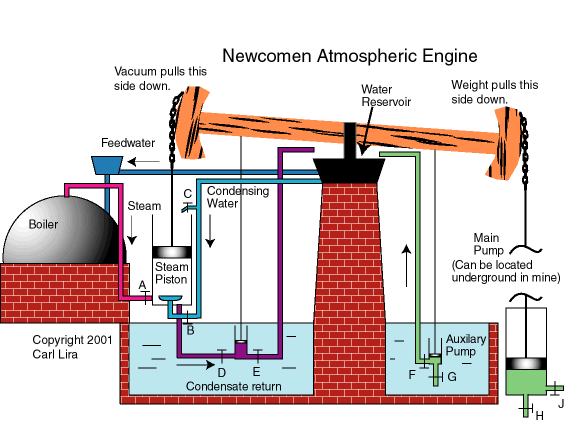
. A View Near Charleston, South Carolina. The Carolina Art Association, Charleston, South Carolina..jpg)
